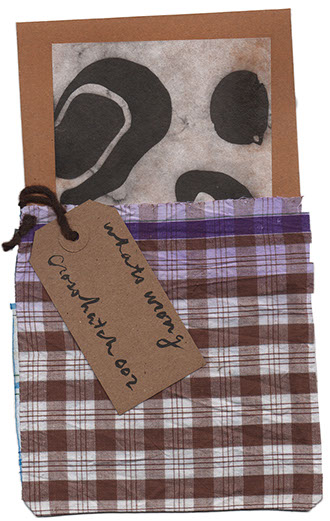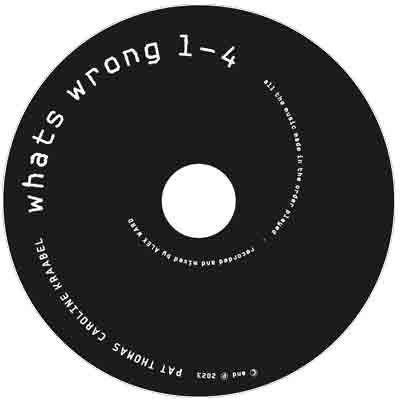‘whats wrong is a set of four improvised duos between [Pat] Thomas and saxophonist Carioline Kraabel. Despite the force and volume they achieve at certain moments there’s also a deep intimacy to their interactions. At one point, about four minutes into the first track, Kraabel pulls the horn from her mouth and emits a deep, pleasurable sigh, like a smoker after a deep drag. It’s one of the most human moments I’ve encountered, in what is already a deeply human form of music. Hearing it feels like eavesdropping. Kraabel shifts throughout the disc from deep, rawboned phrases to gentle hissing flaps of the valves [sic]. Thomas’s playing, meanwhile, is sparse and dark-toned, seeming to recall the work of Matthew Shipp at times with its percussive single-note strikes.’
Phil Freeman, The Wire, July 2023


The touring US improvising drummer Chris Corsano, born in Englewood, New Jersey in 1975, played a quartet of gigs at the Cafe Oto in Dalston, with several groups of outstanding British-based musicians.
His performance with Evan Parker, John Edwards and Pat Thomas was a sonic cauldron.
Every note from Thomas’s piano was like a separate droplet of lucid rain, combining into a timbral cataract, while Corsano’s lean torso and shaven head leaned into his drums, becoming his own multiplicities by turns of thunderous, gentle and always subtle sounds.
Edwards’ bass throbbed into deep tunnels of sound as he danced with its seemingly living body, his bow fostering periods of dark quietude, while Parker’s tenor saxophone made universal hornsound like musical memory, as you heard echoes of the past masters in his every note, from Coleman Hawkins to Sonny Rollins, from Coltrane to Ornette. It was as if their notes were all spilling from his horn.
The next night it was Corsano, Edwards and the alto saxophone of Caroline Kraabel and the heaving breathiness of her sound, its squawks, squalls and groans fused with her wordless vocal chuntering, filling this one Dalston chamber like the sounds of tomorrow already heard tonight, with Corsano the sorcerer of percussion and Edwards’ heart of strings setting all ears afire.
Chris Searle, Morning Star, June 2022
